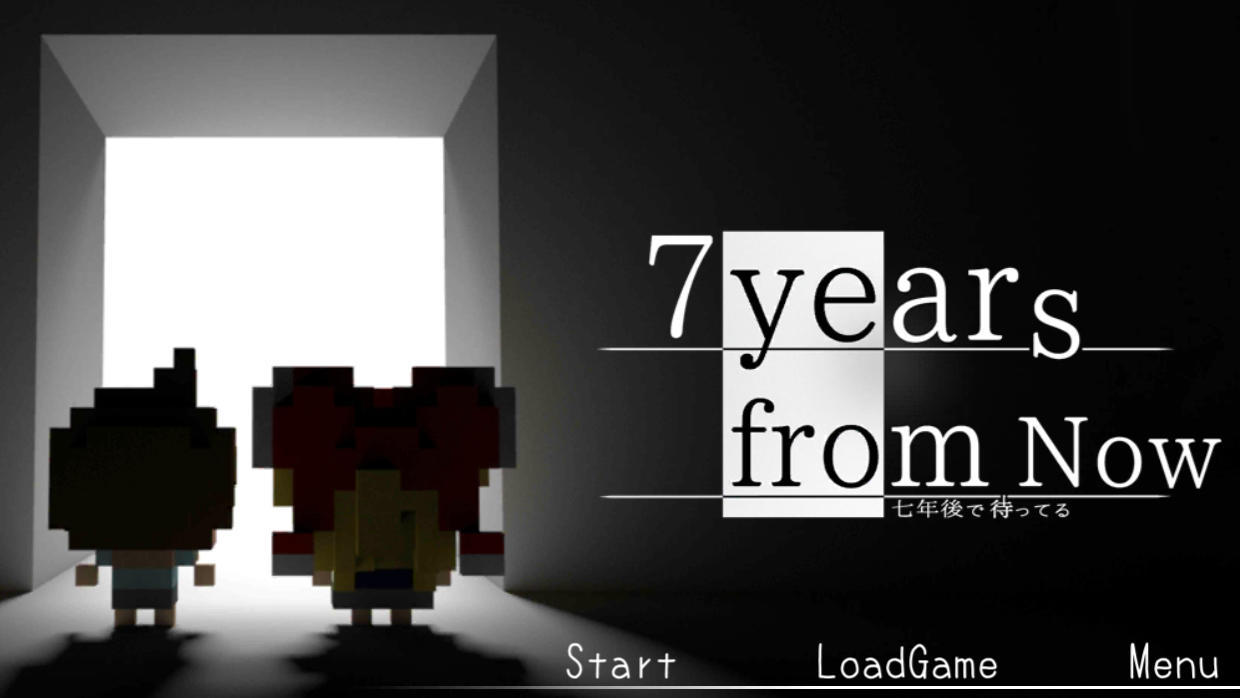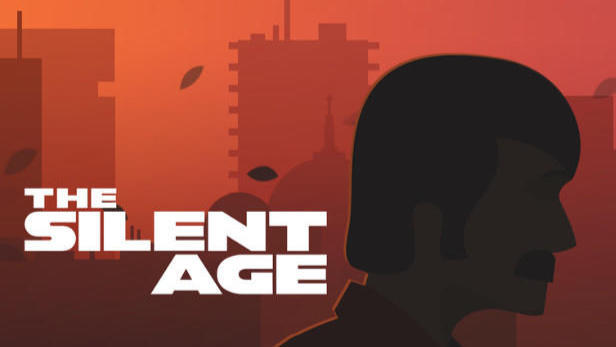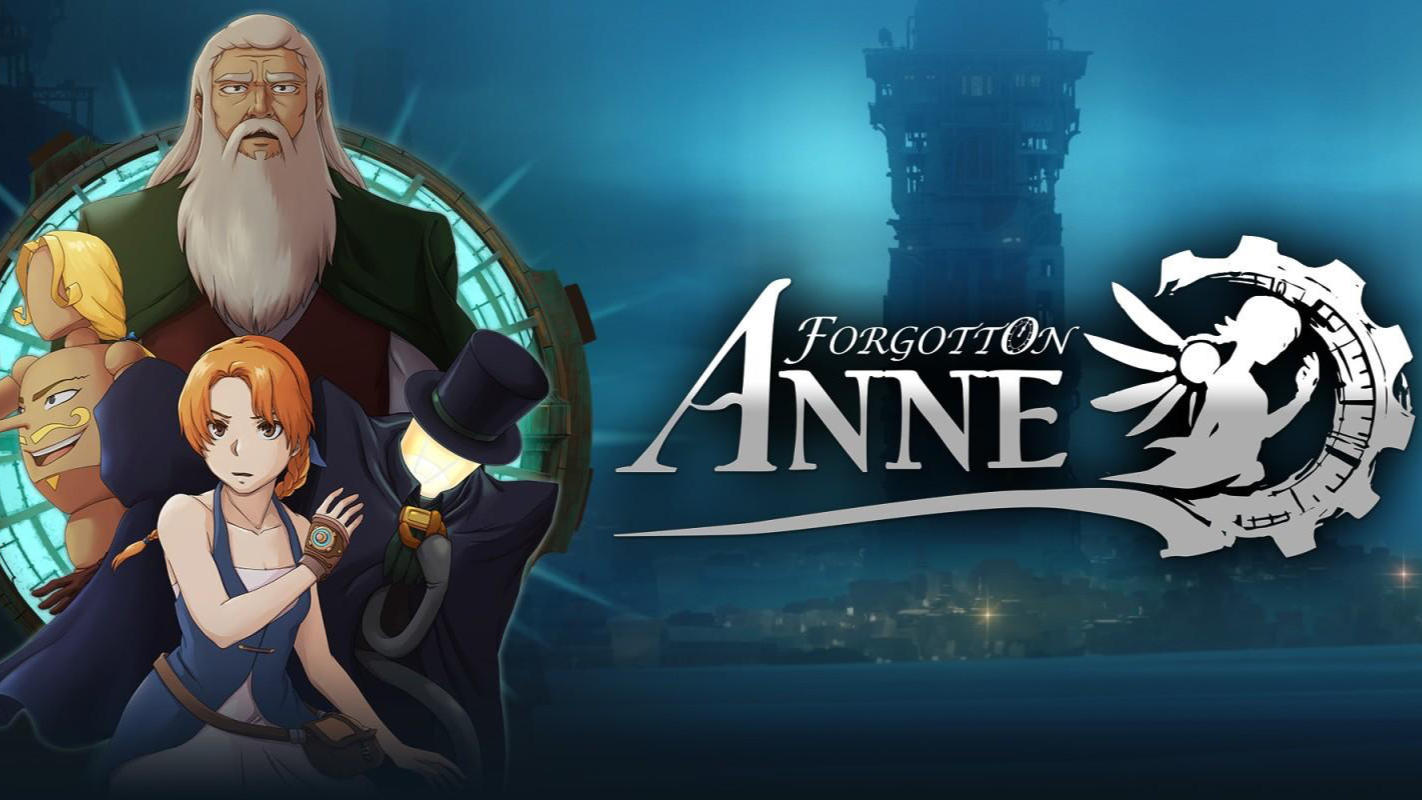An Elegantly Simple, Polished Platformer - Sword of Xolan Review
4K View2022-08-08
Way back when playing games on a cell phone was a new and relatively rare experience, the platform had a reputation for being primarily used for simple games. This is where mobile gaming first got stereotyped as a place for casual games only—not because casual games were actually all that mobile platforms had to offer, but because they were often best suited to the limited control schemes and tiny screens available.
By the mid-2010s, phone technology (and screen size) had improved to the point that mobile games were rapidly progressing towards being able to emulate the full console and PC gaming experience. And that meant mobile games were also becoming more and more complex, often stuffed full of overlapping systems and meant to keep players occupied for months or even years.
I love many of those more complex mobile gaming experiences that we get nowadays, but sometimes a throwback to something simpler feels so nice. Sword of Xolan is just such a throwback.

Initially released in 2015, Sword of Xolan places players into the shoes of the titular hero wielding the titular weapon. One fateful day, Xolan’s village is attacked by a horde of monsters led by Borzandar, the master of the Underworld, and all of the citizens of the village are kidnapped and placed into cages. Being of the heroic type, Xolan grabs his sword and sets out to free his friends and family and take on the evil baddies.
That minimal plot is conveyed in a 20-second introductory cutscene before the game’s first level, and as far as story goes, that’s about it until the end. Don’t expect any major twists and turns, lengthy dialogue, or lore and backstory to flesh out this world. That’s not the kind of game this is.

If the story sounds simple, just wait until you see the user interface. Sword of Xolan features a grand total of five buttons you can press on the screen at any time: two directional buttons for movement, a jump button, a sword button for slashing at foes, and a magic button that launches a fireball. And that’s it. Xolan does not gain new powers or level up and expand his skill set as the game progresses. These five buttons are all you’re given, and they’re all you need.
With the game’s straightforward mechanics laid out, you’re pushed along through a series of thirty total levels, which are split into three sets of ten that each culminate in a boss fight. Each stage features three villagers hidden in cages who you can find and rescue, as well as death traps to double-jump over, enemies to defeat, and floating coins to collect.

What makes Sword of Xolan so compelling in spite of (or, indeed, because of) its simplicity is the strength of its level design. The levels are a far cry from anything that could be considered a maze, but there are often multiple paths that reward exploration. Hidden areas can be found inside of walls that appear solid as well; if you’re as obsessive as I am, prepare to spend a lot of time pressing against every wall in every level just to see if you can get through. And, importantly, the levels are neither so long as to be exhausting or annoying nor so short as to feel like you weren’t really challenged or didn’t accomplish anything. The game strikes a perfect balance.
The appealing simplicity of Sword of Xolan extends to its visuals as well. Pixel art may be slightly overused at this point in mobile gaming, but when it’s done well, that style still provides the warmth of nostalgia. The sprites on display here have just enough detail to feel more modern than the classic games they’re inspired by, but it still gives off the same energy as something you could have played on the Super Nintendo or Sega Genesis.

Unless you’re set on unlocking every bonus power-up, rescuing every single villager, and completing all of the game’s timed challenge mode stages, Sword of Xolan can be finished by most players in a couple of sittings of an hour or two each. There’s no grinding, it’s not going to be upgraded with more levels in the future, and there’s no gacha to collect an endless parade of new characters. The game is exactly what it looks like—nothing more and nothing less.
I’m glad mobile gaming has continued to grow from its humble roots, and glad it will continue growing to include ever more complicated types of games with ever greater scopes and sizes. But sometimes I love just sitting down to a blast from the past like Sword of Xolan. The old days weren’t so bad after all.
SCORE: 4 STARS OUT OF 5
PLAY IF YOU LIKE:
• The platforming bits from ActRaiser. Sword of Xolan is comparable to a lot of 16-bit platformers, but Square Enix’s ever-underrated ActRaiser is one of the best points of comparison because of how it mixes together platforming and swordplay. Just don’t expect the RPG or strategy elements in Sword of Xolan.
• Going back to the basics. This is clean, simple, no-frills game design. You get exactly what you’d expect, with very few surprises, but what’s here is extremely good.
💬 Have you played Sword of Xolan? Let me know your thoughts on it in the comments! And if not, tell me your favorite super-simple game to play!
CHECK OUT SOME OTHER RECENT REVIEWS FROM TAPTAP:

No, I’m Not Crying, You’re Crying – 7 Years from Now Review | TapTap
https://m.taptap.io/post/1623559

A Point-And-Click Adventure That Defies Time and Space - The Silent Age Review | TapTap
https://m.taptap.io/post/1622406

This Is What Happens When You Lose a Pair of Socks - Forgotton Anne Review | TapTap
https://m.taptap.io/post/1621578
Mentioned games
Comments
TapTap looks better
on the app






I'm giving up on you
2022-08-17